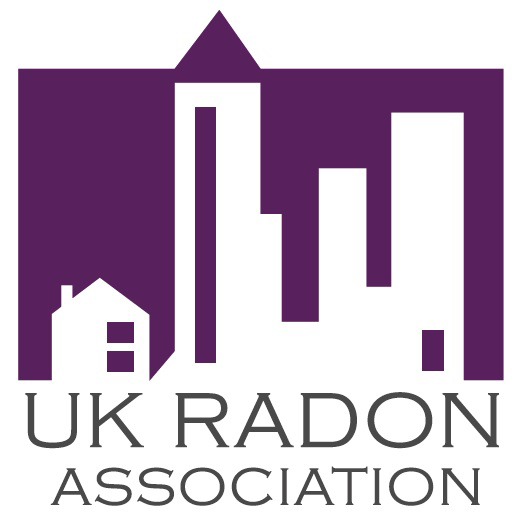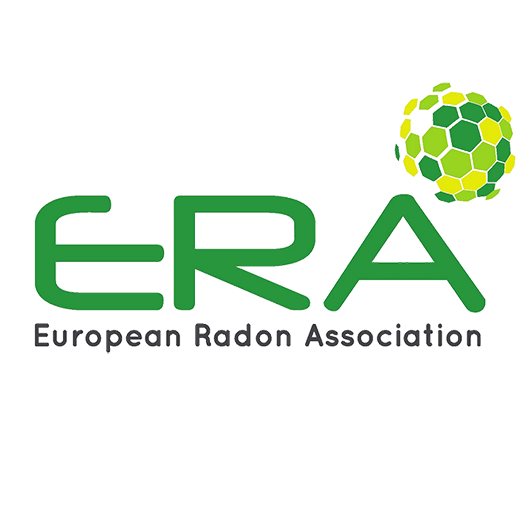When you own a house or intend to buy a house, you often hear talk about radon values and the fact that you need to check them for health reasons. But where does radon come from?
Radon is a gas that occurs naturally in soil and in bedrock. It is a so-called “inert” gas and is an element with the chemical symbol Rn and atomic number 86 in the periodic table. The property that makes radon damaging to health is the fact that it is a radioactive substance. Radioactivity means that radon emits radiation, so-called “ionising” radiation which affects biological systems. The element radon is part of the decay chain, which includes the elements uranium and radium (which are also radioactive).
Ionising radiation can damage cells and cause cell death and can destroy DNA molecules in the body. Which can lead to mutations and therefore to cancer. Lung cancer in particular is a form of cancer that can be caused by radon radiation.
Where does radon in a house come from?
Radon originally comes from uranium and radium, which occur naturally in bedrock. If a building is constructed on such land, and particularly if the building also has a basement, there can be a problem with radon. The parts of the building that come into contact with the soil can let in radon from the surroundings if they are not sealed.
Investigation and measurement
It is easy to measure and investigate radon in a home. A radon laboratory will help by sending out measurement detectors for radon. You simply hang these from the ceiling in the rooms you want to measure radon in. The measurement must go on for a few months. Then the radon detectors are sent in to the laboratory for analysis and you get a radon value for each room. The limit value for radon is currently 300 Bq/m3 in dwellings. If it is higher than that, you should carry out some form of radon degasification.








